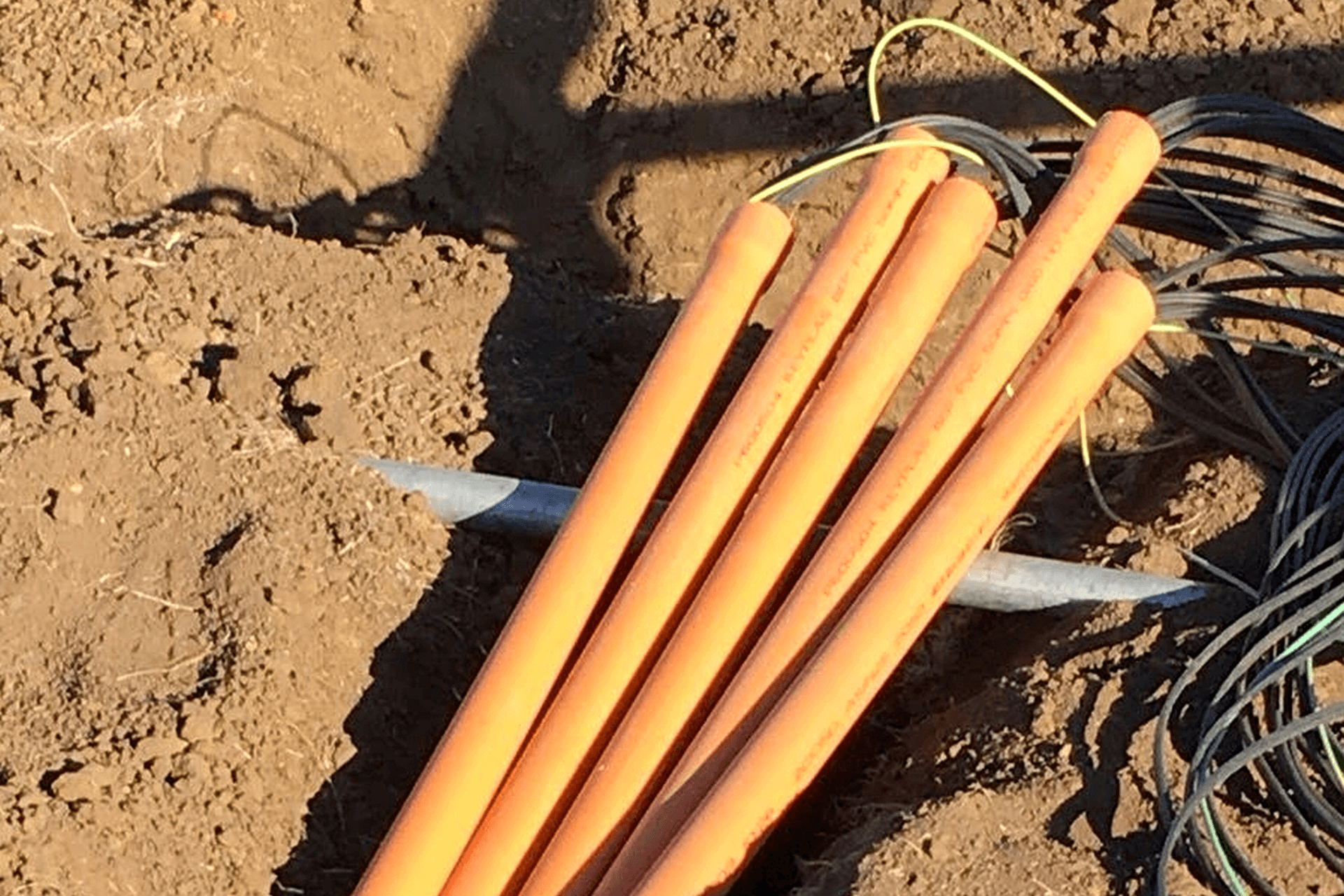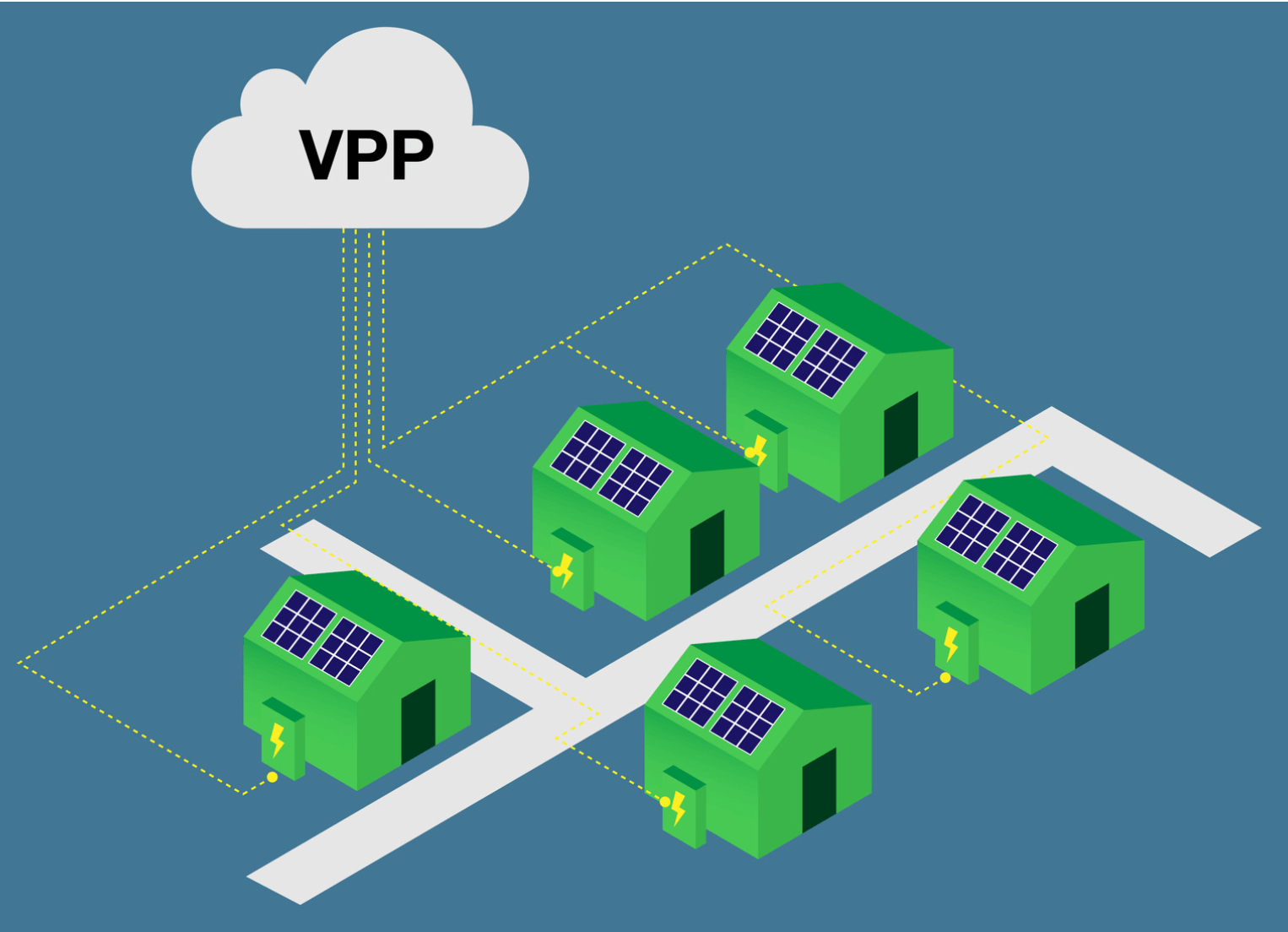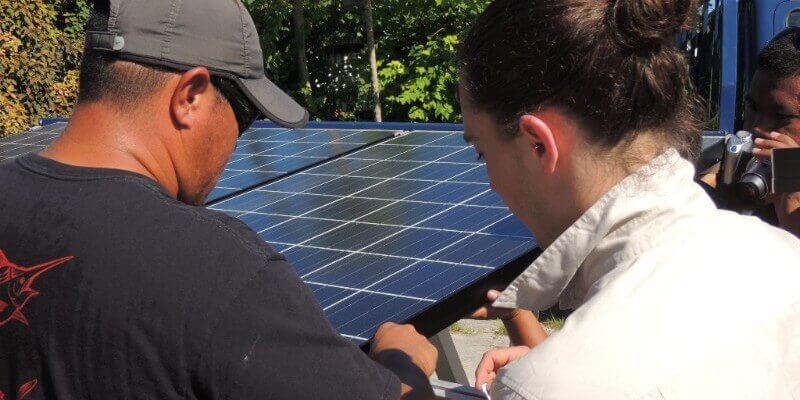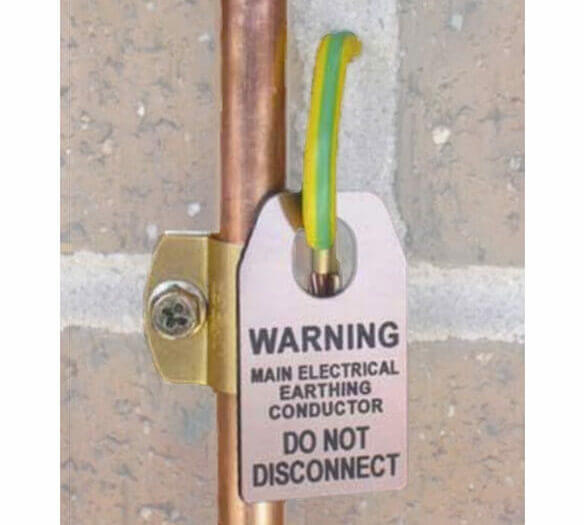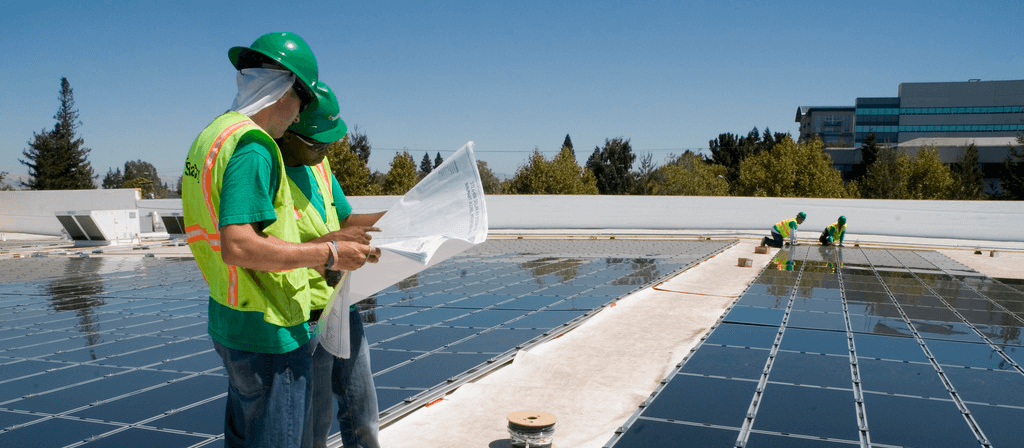This article will look at the physics behind why it is necessary to derate electrical cables. It is the first in a series of articles covering cable sizing and deratings, so stay tuned for more on different methods to derate cables safely while maintaining cost effectiveness. Cable selection is one of the most crucial engineering problems […]
Category: Regulations
Implementing Virtual Power Plants (VPP) in Australia
Virtual power plants (VPP) have the potential to make the grid infrastructure more resilient in Australia. Currently, VPPs can reduce the pressure on the grid during times of high demand. It does this by linking small-scale independent decentralised generators like PV systems and batteries into a network, with communication and controls to allow the units […]
Effect of Orientation and Latitude on the Performance of Solar Tracking Arrays
A solar module generates maximum power when the surface of the module directly faces the sun. For a stationary module facing the equator, this typically occurs during the middle of the day. The high performance of solar tracking arrays comes from the ability to maintain the optimum angle for a longer period of time. The […]
South Australian Regulations for New Solar Power Systems
As a result of the huge uptake of grid-connected PV systems in South Australia, the Australian Energy Market Operator (AEMO) is projecting significant system security risks to the South Australian electricity supply network. As a result, the South Australian Government will be implementing some solar regulations, known as Regulatory Changes for Smarter Homes, from 28th […]
Renewable Energy Capacity Building vs. Building Capacity
Renewable Energy Capacity Building vs Building Capacity; Even though they are the same two words, the order and meanings are quite different. Building capacity, in the context of renewable energy, is deploying energy producing systems and associated infrastructure. Capacity building however, covers a myriad of matters associated with renewable energy, before, during and after the […]
Blast from the Past: History of Training and Accreditation in Australia
Attendees at first course (above). Back Row: David Bartley, Rick Potter, Lindsay Hart, Bob McDonald Stephen Garrett, Ray Prowse, Ron Tito, Roger Bunyan. Front Row: Tony Egan, Peter Browne, Stephen Ingrouille, Geoff Stapleton Words by Ray Prowse, first executive director of SEIAA, and Geoff Stapleton, Director Global Sustainable Energy Solutions (GSES) The history of the […]
Getting down to earth: Earthing explained
In an electrical network, an earthing system is a safety measure which protects human life and electrical equipment. As earthing systems differ from country to country, it is important to have a good understanding of the different types of earthing systems as the global PV installed capacity continues to increase. This article aims at exploring […]
AS/NZS 5033 amendment drafts out for comments: What are the changes?
The draft of amendments to AS/NZS 5033:2014 Installation and safety requirements for photovoltaic (PV) arrays was released for public comment in early February 2018. The comments period will close on 15th March 2018. The draft amendment 1:2018 and draft amendment 2:2018 are available for download free of charge from SAI Global. Standards updates and amendments […]
The Status of STCs: Where do we stand now?
Small-scale technology certificates (STCs) are the product of the Federal Government’s support scheme for small-scale renewable energy (appropriately named the Small-scale Renewable Energy Scheme, or SRES), and represent the main financial incentive available for residential and small commercial solar PV installations up to 100kW. Prior to the official publication of the proposed and actual amendments, […]
Central Protection: Why is it needed and what does it do?
Due to the high level of distributed, grid-connected PV systems in Australia, there is concern over grid stability and safety risk posed by inverter generation systems. The current inverter connection standard, AS4777.1:2016, which came into effect in April this year, reflects these sentiments by mandating that commercial PV systems use central protection, more popularly referred […]

